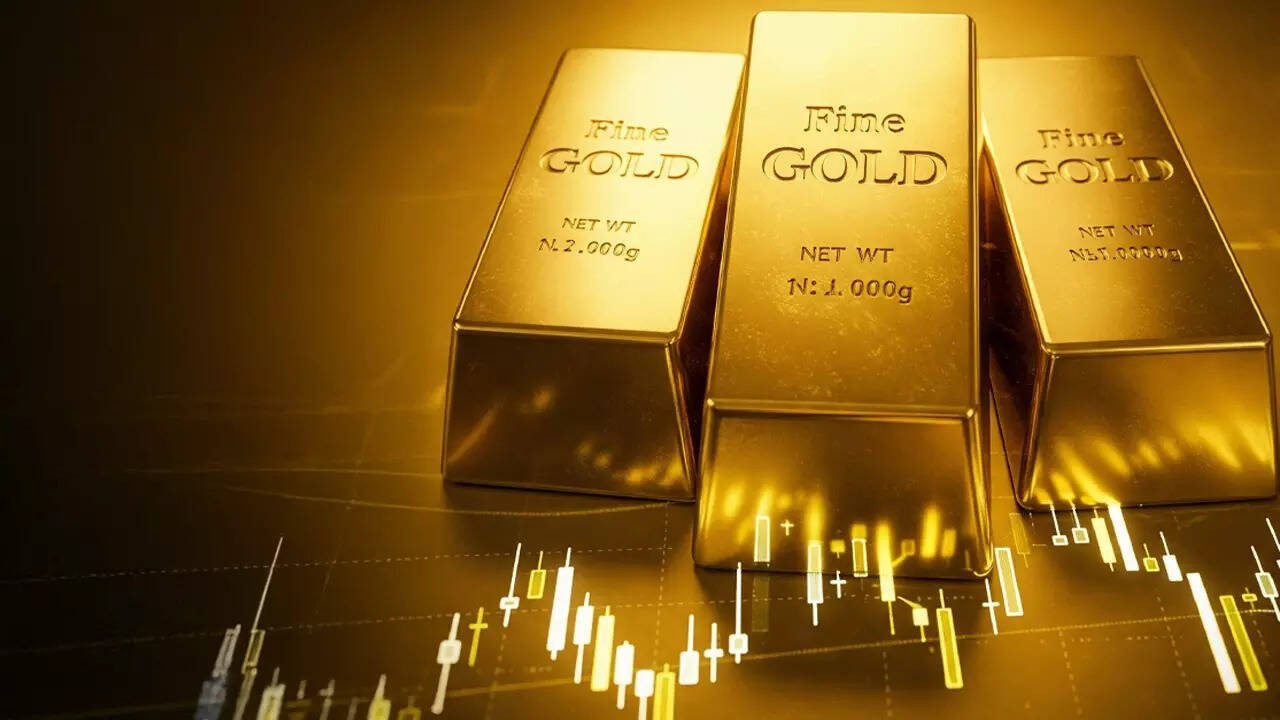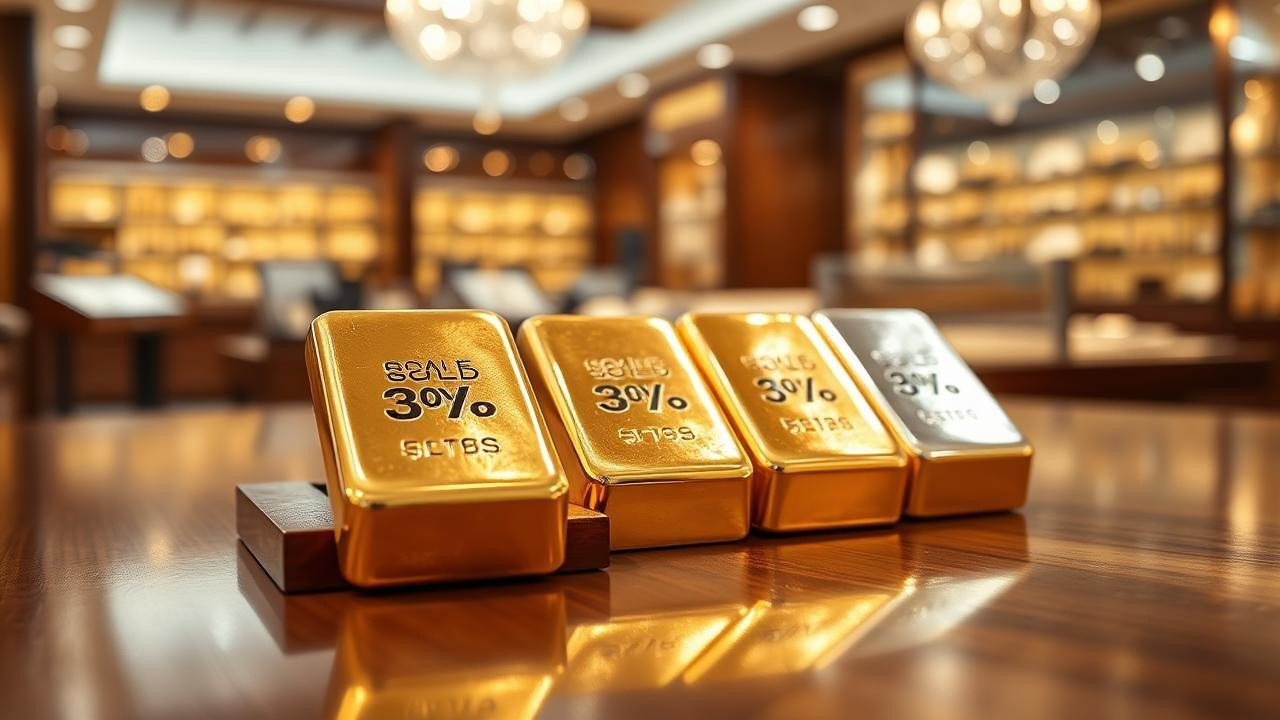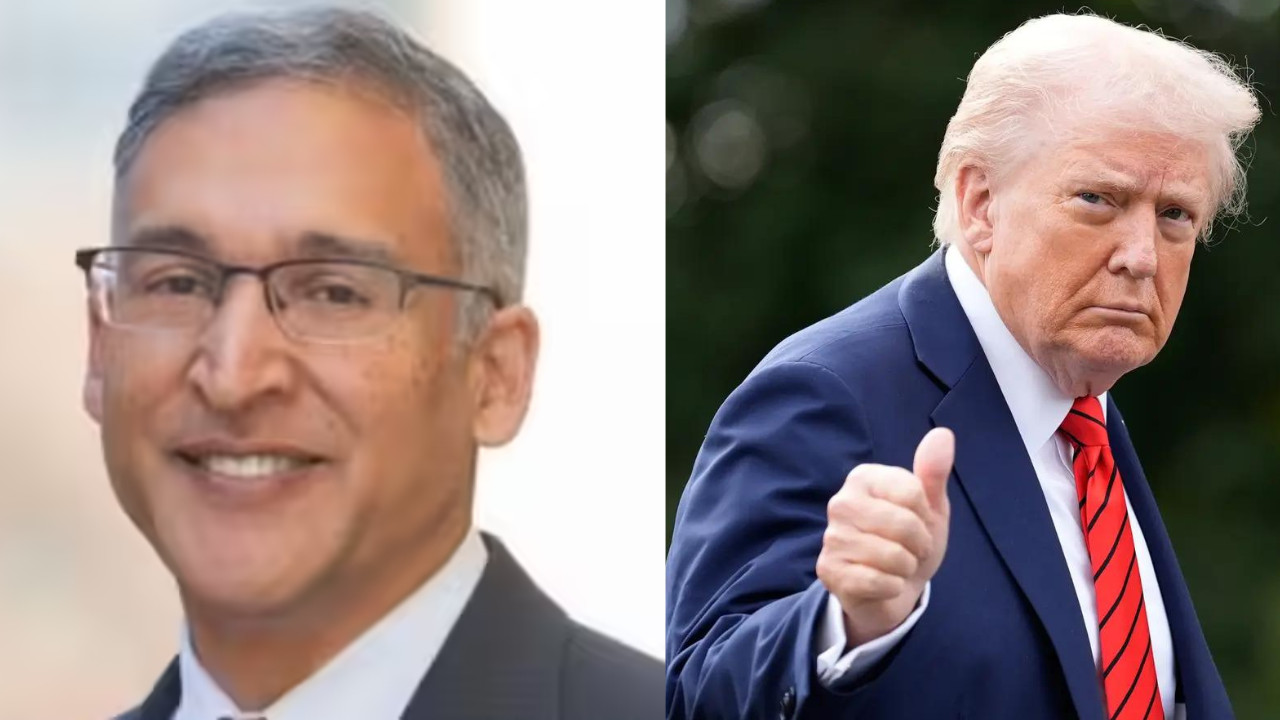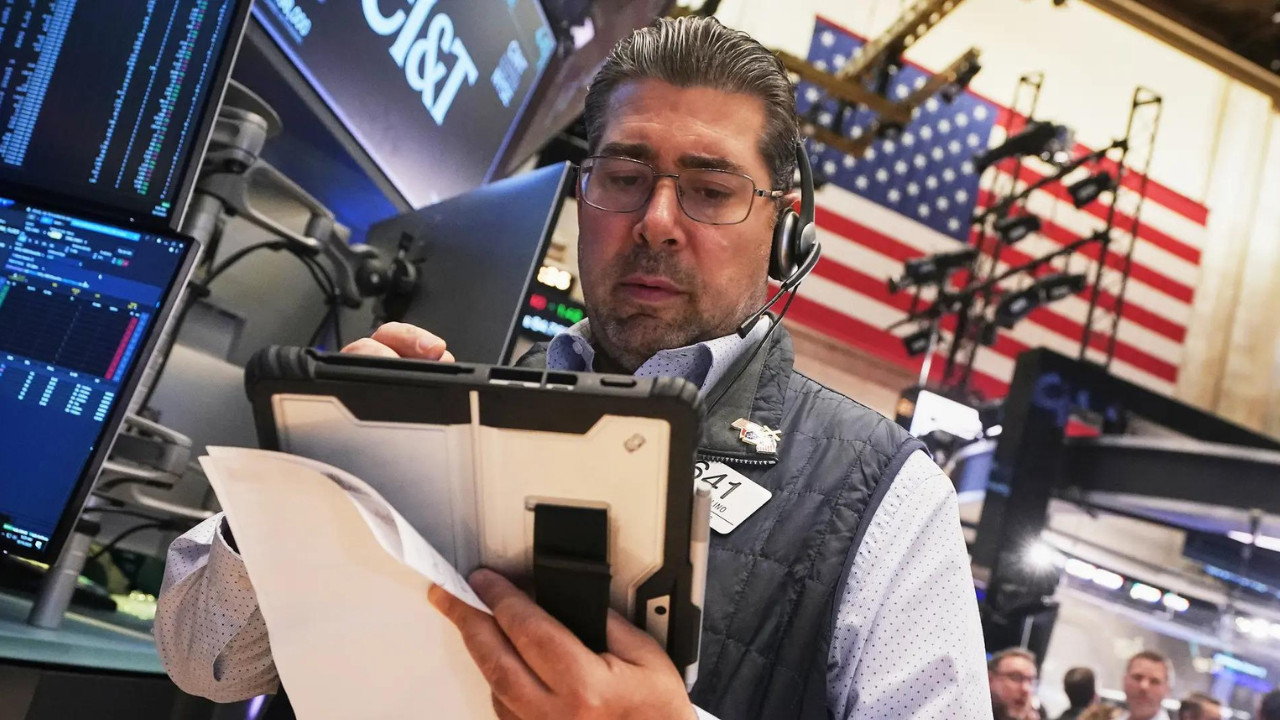India’s gold reserves have crossed 880 tonnes, with the RBI adding 0.6 tonnes in the first half of 2025-26. The precious metal’s value reached $95 billion by September 2025. This surge reflects global economic and geopolitical uncertainties, boosting gold’s appeal as a safe haven for central banks and investors worldwide.
India’s Golden Embrace: Unpacking the RBI’s Growing Gold Reserves
For centuries, gold has held a special allure, a symbol of wealth, security, and enduring value. It’s not just individuals who are captivated; central banks around the globe strategically manage their gold reserves, and India’s Reserve Bank of India (RBI) is no exception. In fact, the RBI has been steadily bolstering its golden hoard, a move that has significant implications for the Indian economy and its standing on the world stage.
The latest figures paint a shimmering picture: the RBI’s gold holdings have surged past 880 tonnes, a substantial milestone reflecting a deliberate strategy of diversification and risk mitigation. The total value of this precious metal stockpile now exceeds a staggering $95 billion. So, what’s driving this golden appetite, and what does it mean for India?
Why is the RBI Stacking Up Gold?
Central banks hold gold for a variety of reasons, and the RBI’s motivations are likely a mix of these. First and foremost, gold acts as a hedge against inflation and economic uncertainty. In times of global turmoil, when currencies fluctuate and stock markets wobble, gold tends to maintain its value, offering a safe haven for a nation’s wealth. Think of it as a financial anchor in stormy seas.
Secondly, increasing gold holdings is a way to diversify reserves. Traditionally, central banks held a large portion of their reserves in US dollars or other major currencies. However, over-reliance on any single currency can be risky. By allocating a portion of reserves to gold, the RBI reduces its exposure to currency fluctuations and geopolitical risks.
Thirdly, a robust gold reserve can bolster confidence in a country’s financial stability. It sends a signal to investors and international markets that the nation is prepared for economic challenges and has a store of value to draw upon if needed. It’s like having a well-stocked pantry – it inspires confidence and stability.

Where Does India Get Its Gold?
The RBI acquires gold through a combination of domestic purchases and open market transactions. This means they might buy gold from local producers or participate in international gold markets. The precise details of these transactions are often kept confidential for strategic reasons, but the overall trend is clear: the RBI is actively accumulating gold.
It’s also worth noting that some of India’s gold comes from recovered gold. Gold can be recycled from electronics and other items, so it is not always pulled from a mine.
The Impact of Increased Gold Reserves
The implications of India’s growing gold reserves are far-reaching. For one, it can strengthen the Indian rupee. A larger gold backing for the currency can increase its perceived value and stability. This can benefit Indian businesses by reducing exchange rate volatility and making international trade more predictable.
Furthermore, a strong gold reserve can enhance India’s bargaining power in international forums. It gives the country more financial clout and allows it to play a more influential role in global economic affairs.
It’s also important to consider the potential impact on domestic gold prices. Increased demand from the RBI could potentially drive up gold prices in India, affecting consumers and jewelers. However, the RBI’s purchases are carefully managed to minimize any disruptive effects on the market.
Looking Ahead: India’s Golden Future
The RBI’s strategic accumulation of gold reflects a long-term vision of economic resilience and global influence. As the world becomes increasingly complex and uncertain, gold will likely continue to play a vital role in safeguarding India’s financial future. For more on India’s financial strategies, see our piece on [India’s growing digital economy](link-to-another-article). The rising gold reserve is just one piece of a much larger and brighter picture.
In conclusion, India’s burgeoning gold reserves are not just about accumulating a precious metal; it’s about building a stronger, more stable, and more influential economy on the global stage. This strategic move signals confidence in India’s future and its commitment to navigating the challenges and opportunities of the 21st century.







